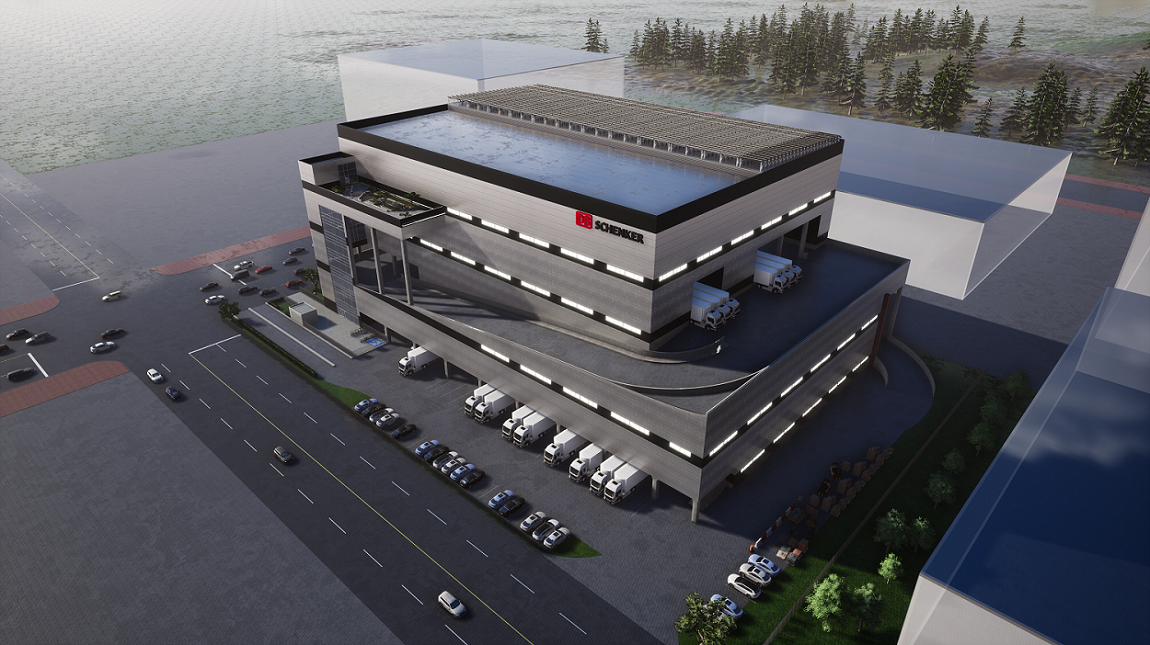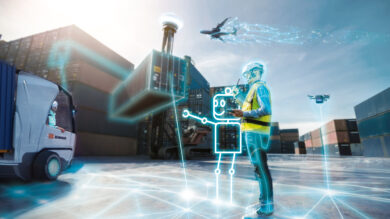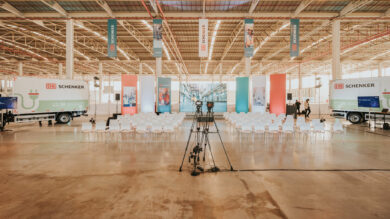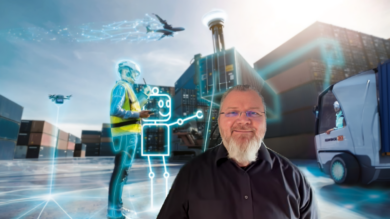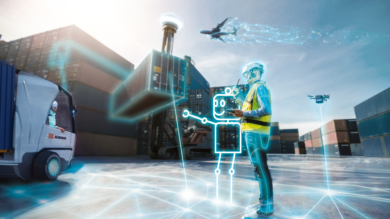Is the world headed to more multistory warehouses? With the demand for warehousing higher than ever and the need for operations that never tire, innovators must incorporate state-of-the-art technology to ensure sustainability, cost-saving, speed in delivery, and improved efficiency.
On November 30, DB Schenker announced and celebrated the ground breaking of a unique eight-story warehouse named KLC2, positioned in Seoul, South Korea. KLC2, built near Incheon Airport, utilizes space and special features unique to other warehouses in the area. The state-of-the-art facility focuses on sustainability, innovation, and creating a safe and sophisticated working environment. Multistory warehouses are gaining traction globally over the last years, and there are a few commonalities to note: Design, Sustainability, and Innovation – let’s take a closer look.
Warehouse design inspiration
The higher the warehouse, the longer the lugging times of the cargo lifts; this is what makes a multistory warehouse a considerable challenge. If we analyze the KLC2 facility, we note that it has an exceptional level of design efficiency (290 %; gross floor area by the total size of plot), providing innovative solutions for storage and distribution. The land size is 13,440 meters squared, with four of the seven floors above ground used as storage and the remaining three floors for additional amenities and office space.
“KLC2 is a crucial investment in maintaining our position at the forefront in this region, especially in Asia’s current active economy. We continue to deliver and develop cutting-edge facilities for our customers, ensuring we remain our customers’ first choice in logistics and premium services”
Sustainability and Innovation
Supply chains play a significant role in the impact on the environment, and the move towards more green multistory warehouses aims to reduce and even mitigate the harm caused. There are various methods whereby companies can decide to decrease their carbon footprint, such as reducing demand for electricity and waste, cutting back on the land size and focusing on building vertically, and investing in green building materials.
With KLC2, we see these key features such as smart LED lighting systems or solar PV panel systems on the rooftop area to offset greenhouse gases and fossil fuel toe replacements.
“With KLC2, we will be able to reduce total Carbon Dioxide by 90.11, and fossil fuel toe replacement at 44.46, annually. To translate this into a more practical understanding, it corresponds to one 40t truck traveling around the globe more than two times”
With a glimpse into 2022 and this prospective warehouse to anticipate – the projections of warehousing are endless, and with the implementation of innovative technology, sustainable initiatives, and a willingness to constantly evolve – there are many exciting possibilities ahead with the future of warehousing.
Published: November 2021


